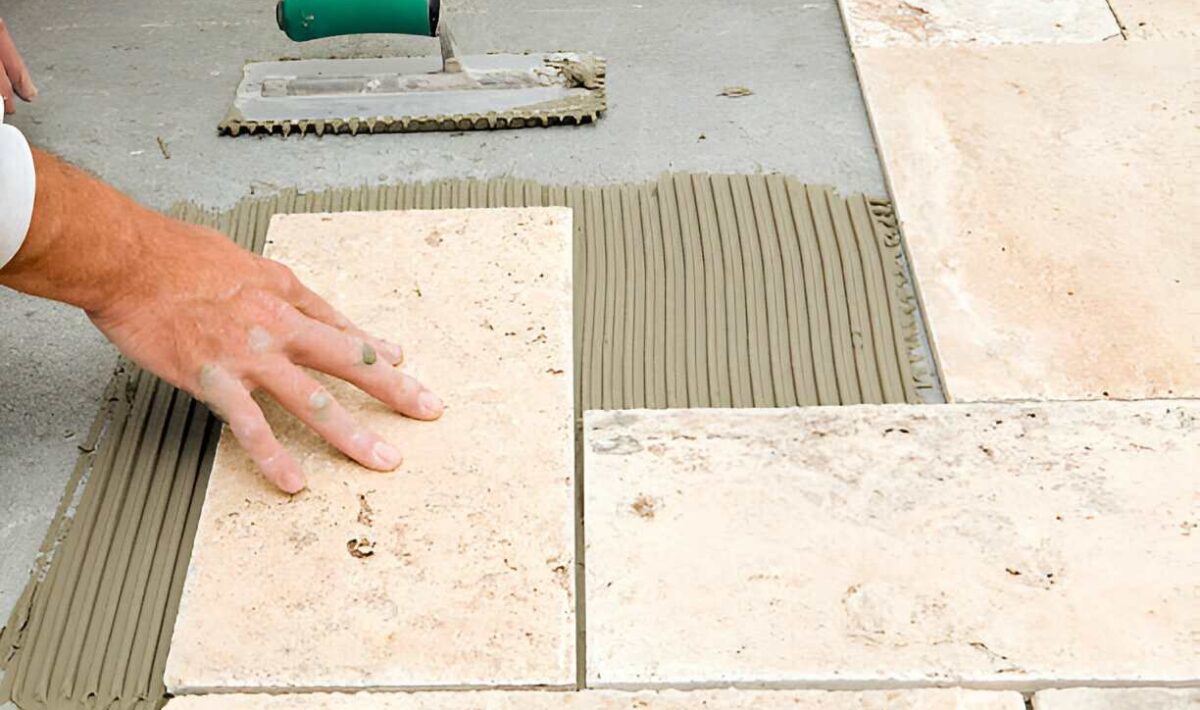Stone tile flooring is a timeless and durable choice that adds elegance to any space. However, improper installation can lead to costly mistakes that compromise both aesthetics and longevity. Whether you’re tackling a DIY project or hiring a professional, avoiding common errors will ensure a flawless and long-lasting finish.
Understanding these mistakes before starting your installation can save you time, money, and frustration. In this guide, we’ll explore five of the most common mistakes to avoid when installing stone tile flooring and how to do it right the first time.
Skipping Proper Surface Preparation
One of the biggest mistakes in stone tile installation is failing to prepare the surface correctly. An uneven or unclean subfloor can lead to improper adhesion, resulting in loose or cracked tiles over time. It’s essential to level the surface and remove any debris, dust, or moisture before laying down the tiles.
A properly prepared base ensures a smooth and stable installation. Using a suitable underlayment or backer board can also help prevent movement that may lead to cracks and uneven surfaces. Taking the time to prep your floor correctly will make a significant difference in the final result.
Choosing the Wrong Adhesive or Grout
Not all adhesives and grouts are suitable for stone tile flooring. Some materials require specific bonding agents to prevent discoloration or weak adhesion. Using the wrong type can cause tiles to shift or lead to unsightly stains, especially with porous stones like marble or limestone.
Additionally, neglecting to seal the grout properly can result in moisture damage and mold growth. Always choose a high-quality, stone-appropriate adhesive and grout, and follow manufacturer recommendations for sealing. This will help maintain the integrity and beauty of your stone flooring for years to come.
Ignoring Expansion Gaps
Stone tiles expand and contract with temperature changes, and failing to leave adequate expansion gaps can lead to cracking and buckling. Many DIY installers make the mistake of placing tiles too closely together, leaving no room for movement.
To avoid this, always incorporate small expansion joints along the edges of the flooring and between larger sections. This simple step allows for natural shifts in the stone, preventing damage and ensuring a longer lifespan for your flooring.
Rushing the Installation Process
Installing stone tile flooring requires patience and precision. Rushing the process, such as skipping proper layout planning or not allowing adhesives to set correctly, can result in misaligned tiles and weak bonds. Taking shortcuts will likely lead to costly repairs down the road.
Before placing tiles, map out your design to ensure a symmetrical and aesthetically pleasing layout. Follow recommended curing times for adhesives and grouts to ensure a strong, lasting installation. A little extra time spent on installation will pay off in durability and appearance.
Neglecting Proper Sealing and Maintenance
Many stone tiles, particularly porous varieties, require sealing to protect against moisture, stains, and wear. Neglecting this step can lead to permanent damage and an unsightly finish. Sealing should be done before and after grouting to prevent the grout from penetrating the stone’s surface.
Additionally, ongoing maintenance is crucial for keeping stone tile flooring in pristine condition. Regularly cleaning with appropriate products and resealing when necessary will ensure that your flooring remains beautiful and functional for years to come.
Conclusion
Avoiding these common mistakes can make a significant difference in the success of your stone tile flooring installation. From proper surface preparation to careful selection of adhesives, allowing for expansion gaps, and sealing correctly, taking these precautions will help ensure a durable and attractive finish.
By planning ahead and following best practices, you can enjoy the timeless elegance and durability of stone tile flooring without unnecessary complications. Whether you’re a DIY enthusiast or hiring a professional, getting it right the first time will save you time, money, and frustration.

